The lush forested hills in the foothills of the Andes in NW Argentina, reaching up to 1700 metres, are an immensely valuable source of water for the agricultural lowlands beneath. For six months of the year from November, the moisture laden winds blow from the Atlantic. These clouds race across the hot dry chaco plains and then in a series of violent thunderstorms drench the greenery of these slopes. This ‘vertical’ rain combined with the summer heat creates low ephemeral clouds that drift amid the trees, giving rise to cloud forest. The ‘gift’ these clouds give to the vegetation is a slow magical release of moisture ‘horizontal rain’. The trees beneath are clothed in moss, lichens, bromeliads and orchids – this is the Yungas !
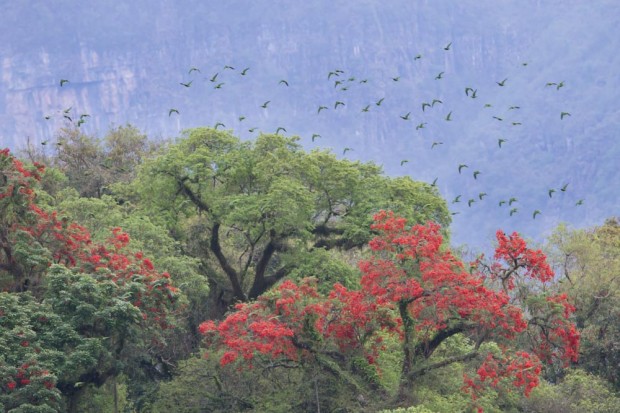
We accessed the area along route 83 and spent a week in this wonderland, in the Calilegua National Park.
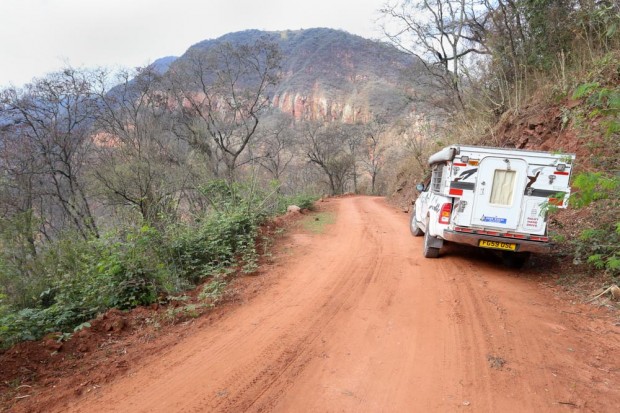
One of the rangers of the park is Nicolas, he lives in the park with his partner Soledad and young child, Andina.
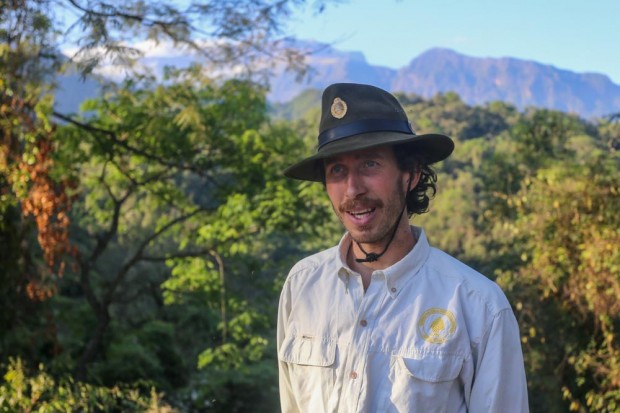
The rangers house where Nicolas, Soledad and Andina live.
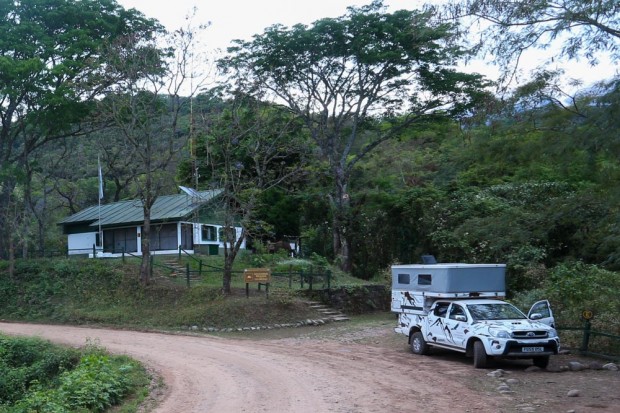
The richness of this national park is due to the three types of distinct forest it contains. The lower slopes a threatened habitat – Piedmont woodland, a little higher the Selva and higher still the Montana forest. Steep ravines intersect the whole, giving rise to a multitude of complex micro-climates, ecosystems and wildlife.
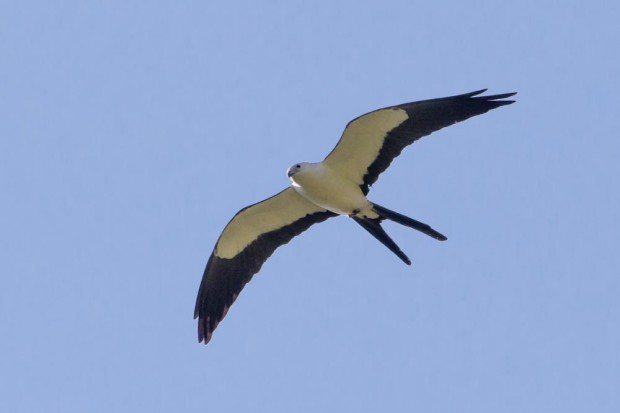
Swallow-tailed Kite
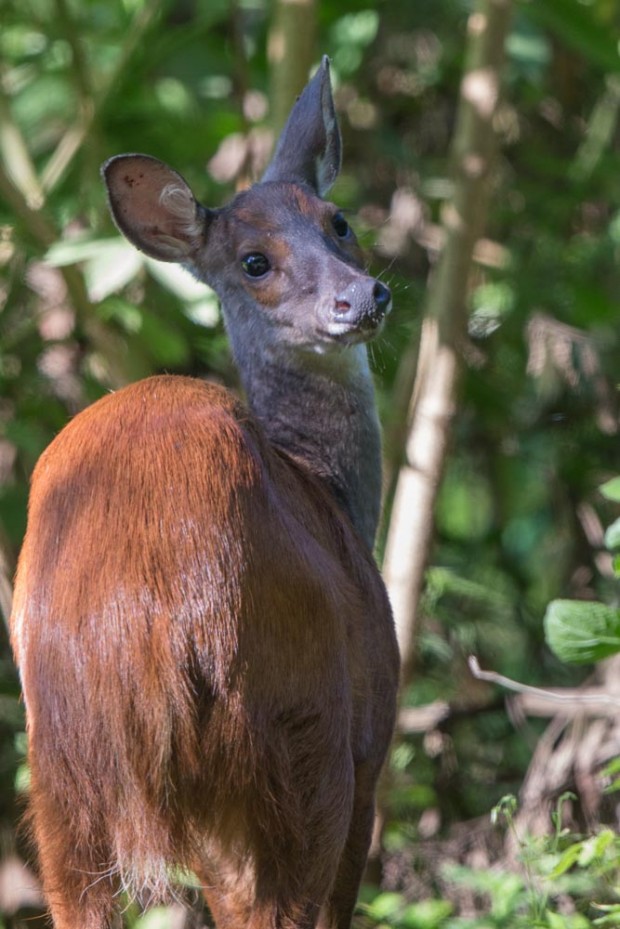
Female Red-brocket deer
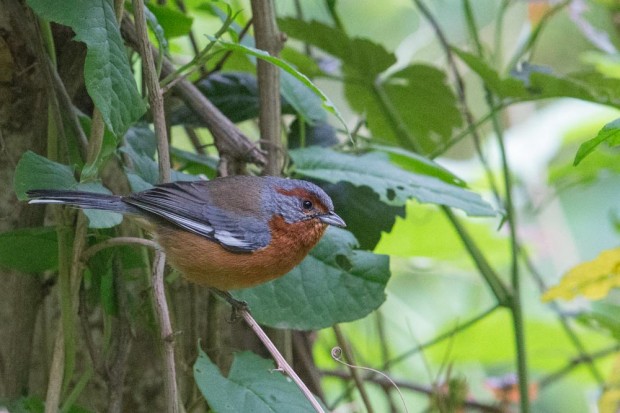
Rusty-browed Warbling-Finch
A dozen lifetimes would not be enough time to see and understand its unique flora and fauna. We could but only raise our binoculars and cameras to that which passed us by, marvelling at the wonders that crossed our path.
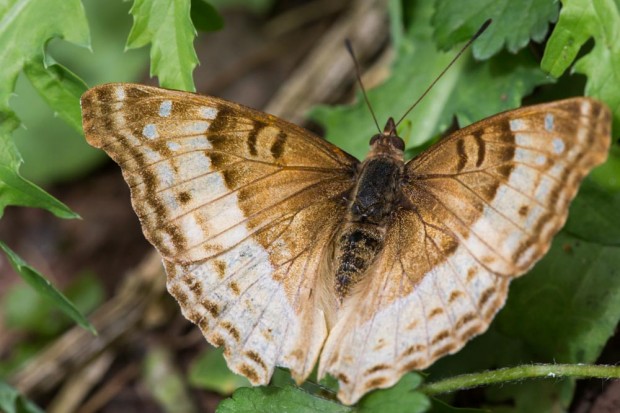
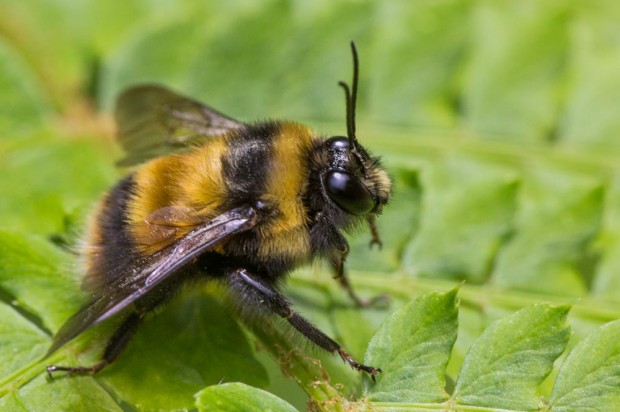
- Bee
Where ever we walked the variety of nature exploded before us with vibrancy and energy. We battled to identify what we could, but the odds were overwhelming. Insects that looked like Crane flies but were multi-coloured and hopped on the ground. Birds that sang and called but tantalisingly remained hidden in the dense foliage, flocks of parrots that flew noisily overhead. Trees of every hue, some small and leggy, others massive that soared into the heavens, this was the Southern Yungas eco-region.









